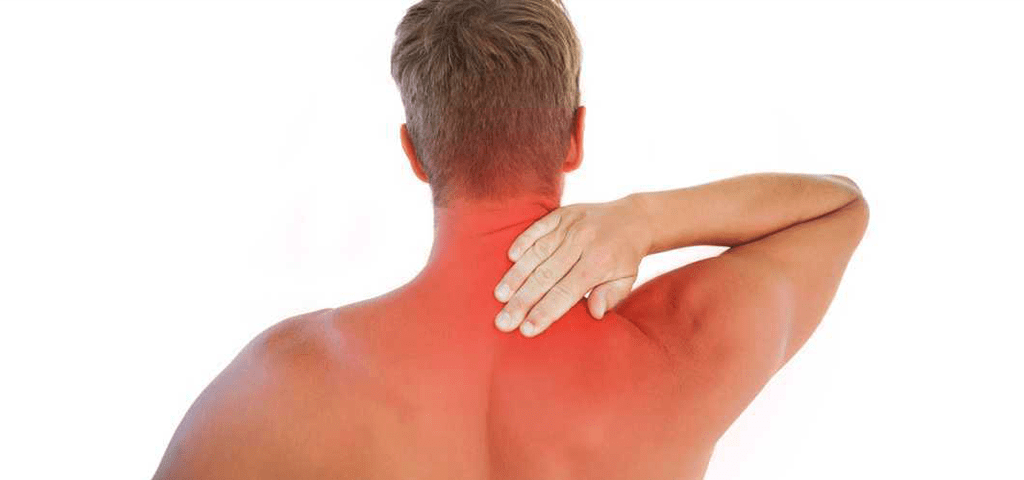Facts About Backaches and Neckaches

Role Of Physiotherapy In Stroke
February 10, 2017
PARKINSON’S DISEASE
February 13, 2017Backaches are second only to headaches as a common medical complaint. An estimated 30 to 70 percent of Americans have recurring back problems, and 2 million of these people can not hold jobs as a result. It the most frequent cause of inactivity in individuals under the age of 45. It most often affects people between the ages of 25 and 60. Even teenagers have backaches. (One study indicated that 26 percent of teenagers have backaches.) Athletes also have backaches, but the condition is more common in people who are not highly fit.
Incorrect posture when standing, sitting, lying, or working is responding to many back problems. Compounding this are weak muscles and muscular imbalance. Other cause of low back pain includes improper exercises, incorrect techniques in lifting and in sports, repetitive, forced hyperextension of the back, and other preventable causes. The list excludes some uncontrollable causes such as trauma, tumors, and congenital abnormalities.
A common cause of backaches is a muscular strain, frequently precipitated by poor body mechanics in daily activities or during exercise. When lifting improperly, there will be a great pressure on the lumbar discs and severe stress on the lumbar muscles and ligaments. Many popular exercises place great strain on the back. Sleeping flat on the back or abdomen on a soft mattress also cause lower back strain.The forward tilt of the pelvis may cause the sacral bone or one of the lumbar vertebrae that press on nerve roots will cause consequent low back pain and sciatica. To be on the safe side, some authorities advise people who have lordosis and weak abdomen to eliminate all exercises that hyperextend the spine. The incidence of lordosis is about the same for men as it is for women, except that women experience an added back strain during pregnancy.
Disc problems are frequently misunderstood. Intervertebral disc may herniate or rupture, but they do not slip. Material from the pulpy center part of the disc (the nucleus pulpous) may bulge outward and a protective reflex muscle spasm may occur to protect it. This causes a lack of circulation to the muscles that become weaker; chronic back pain may set in unless this vicious pain cycle can be stopped. If it persists, bones may develop spurs, discs may degenerate, the patient may go to bed and worry and tense up, and the cycle may go on indefinitely. The discs in the lumbar area are subjected to greater compression and torque because they are at the bottom of the spine. They are, therefore, more apt to be damaged. Sudden twisting and flexion or extension movements, such as suddenly reaching for a ball in tennis or racquetball, may precipitate a herniated disc. It is more apt to happen when the disc degenerates from overuse. It is more common in men than women and in people who do heavy manual labor. Degenerated discs are normal with aging, but not uncommon in athletes. One study shows that gymnasts’ discs were comparable to the discs of 65-year-old men. However, in spite of what popular literature and certain unethical “back doctors” may tell you, studies show that a herniated disc is rarely the cause of back pain –occurring in only 5 to 10 percent of the cases.
The neck is constructed with the same cure and has the same mechanical problems as the lower back. The postural fault of forwarding head places a chronic strain on the posterior neck muscles. The tension in these muscles can lead to myofascial trigger points, causing headache or referred pain in the face, scalp, shoulder, arm, and chest.
The more the upper back is flexed, the greater the compensating curve (cervical lordosis) in the neck. The sharpest angle is between the fourth and sixth cervical vertebrae, creating wear and tear (microtrauma) that accelerates disc degeneration and arthritic changes, which can ultimately result in nerve and artery impingement.




